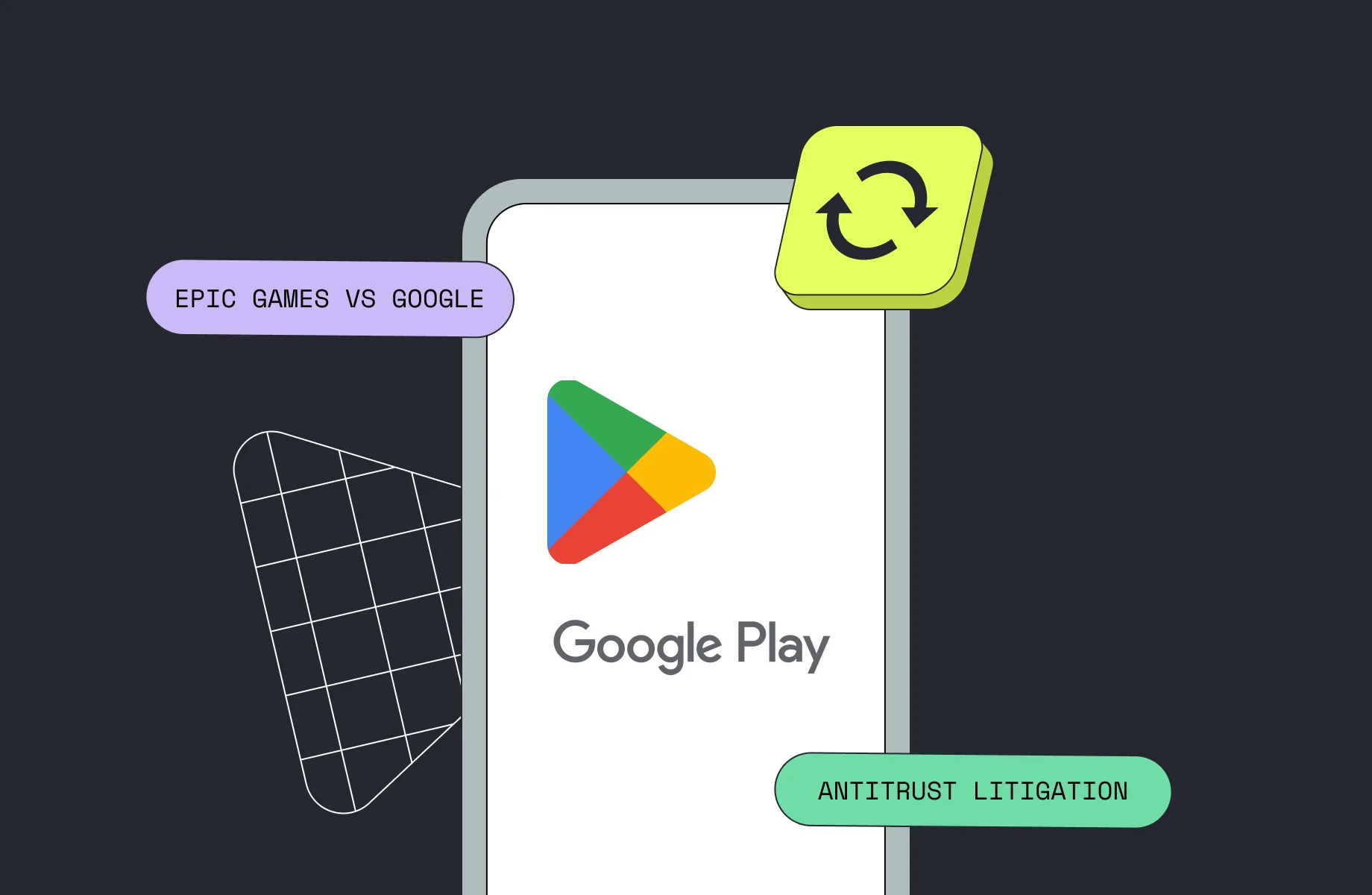Apple’s 2021 updates to managing in-app purchases from the server
Apple’s 2021 updates to managing in-app purchases from the server

Michael

Michael
Jun 9, 2021
Jun 9, 2021
Yesterday, we covered new StoreKit 2 features that were announced on this year’s WWDC. Today, we’re going to discussing the event’s main takeaways by summing up what news Apple has shared regarding the management of in-app purchases from servers. Let’s dive in.

Yesterday, we covered new StoreKit 2 features that were announced on this year’s WWDC. Today, we’re going to discussing the event’s main takeaways by summing up what news Apple has shared regarding the management of in-app purchases from servers. Let’s dive in.















